School meals day: A principal of empowering children in Cambodia
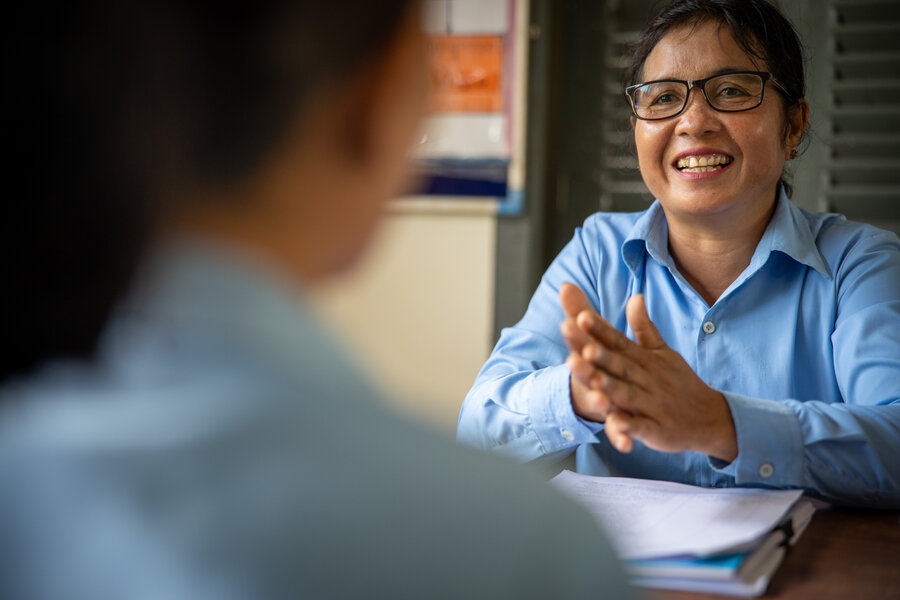
For almost 20 years, Eam Sokhan, 45, has been overseeing the implementations of school meal programmes in her native Cambodia. Currently, Sokhan is the principal of Doun Aov Primary School in Angkor Thom District, Siem Reap Province. Her school embraces 412 students, almost half of whom are girls.
‘When I grew up in 1980s, we didn’t have such a programme. My friends and I walked a long distance to school. We had a bit of porridge or leftover dinner — if anything —, at home early in the morning’
The World Food Programme (WFP) has supported Government school meals programmes since 1999, rolling them out across 908 schools. In 2014, a so-called home-grown school feeding programme started.
This meant that ingredients could be bought from local producers, boosting local economies and creating jobs.
Le grand revers: comment le coronavirus a renvoyé les écoliers affamés à la maison
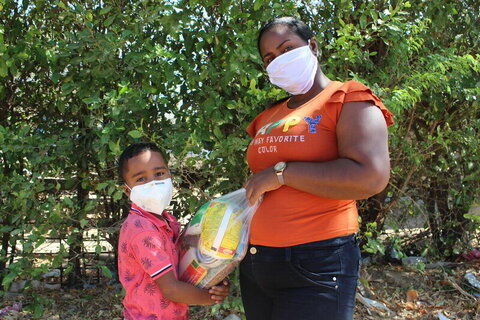
“Home-grown school feeding pushes the local community to be more able and more independent,” says Sokhan. “We have to be able to run the bidding process, to interact more with the local smallholders, and of course to be more independent.”
She adds: “School meals help children stay focused. Their results improve, and they love coming to schools and are willing to give back to the school.”
Most pupils want to become teachers, she says.
As well as empowering individuals, school meals establish a bond between schoolchildren and teachers. They also play another role.
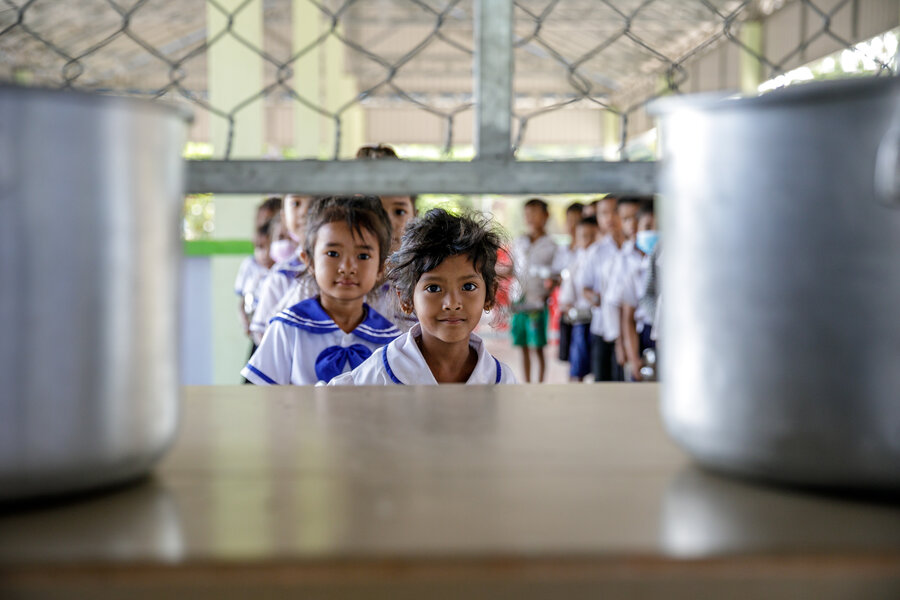
“There is more connectivity between school and parents,” she says. “Parents now know more about school and nutrition. They even come to meetings very often to hear what the school needs and contribute back in various ways”.
She adds: “Even the poorest parents contributed compensations for school cooks, donated money to buy firewood, offered oil, groceries and many other things. They also volunteered when the school needed them, such as when constructing the school kitchen.”
Pourquoi le projet Amata est une bonne nouvelle pour les repas scolaires au Burundi
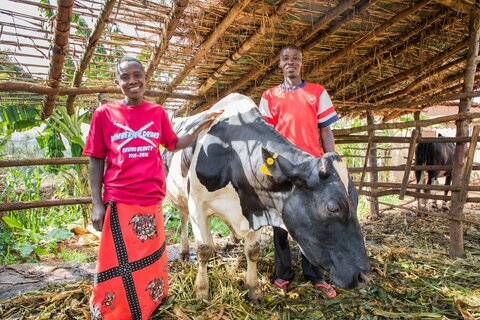
“The meals enhance trust they have for school,” says Sokhan. The school becomes handy for parents who go on long journeys to work to leave their children. “They put trust in us, and we feel very motivated.”
Parents and teachers did not meet very much before the programme. Some did not even know who taught their children at school or who the principal was.
Sokhan, too, recognizes the change the programme brought about in her life.
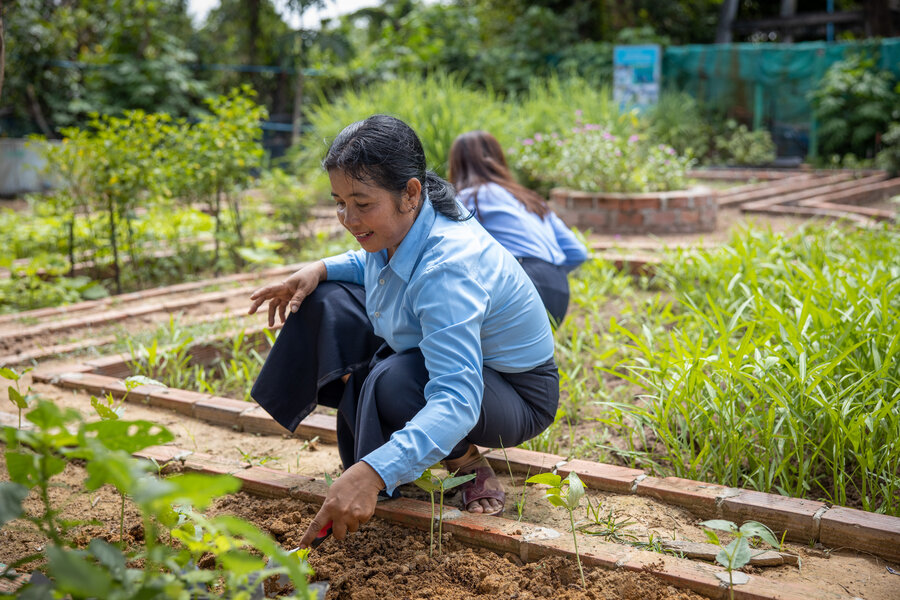
“Without it, I would be just a typical principal — busying myself with the routine work of teaching and coordinating children and other oversight school responsibilities. But with the programme, I feel more impactful and lively,” she says. Trainings she has received have covered topics such as hygiene, nutrition and bookkeeping.
While the home-grown school feeding programme started in just a few pilot locations, it has now scaled up to over 200 schools. Such programmes provide incentives for parents to send their children to schools while diversifying children’s diets and equipping them to learn better.
“To school feed or not to school feed — to me, that is not the question,” says Sokhan.

“When I grew up in 1980s, we didn’t have such a programme. My friends and I walked a long distance to school. We had a bit of porridge or leftover dinner, if anything, at home early in the morning. At school, some of us could buy some snacks, and some did not even have any money for it. So, we waited and waited for the bell to ring so that we could go back home,” she says.
WFP is working to fully transfer home-grown school feeding programme to Government control,
Sokhan’s school has also been selected for implementing a full-day teaching programme where students, instead of their typical half-day school programme, are able to study both in the morning and afternoon with lunch provided.
She says: “This is our first-year transitioning from WFP to government ownership. There have been some hurdles of course but I believe together we [teachers, parents, government, WFP and other partners] will find the right way for it, growing our young generations.”



